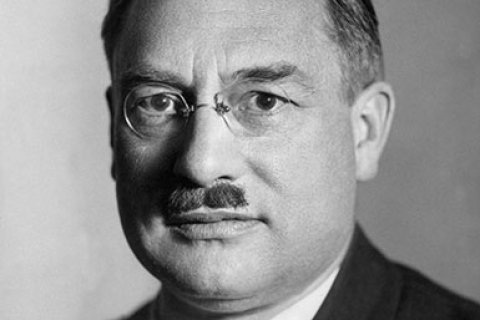Peter Debye

Debye's discoveries were usually of a surprising nature: hee untangled complicated ‘knots’ left by others. Often the explanation of the phenomena he tackled was already known. But what Debye would then do is find the appropriate mathematical methods and a model that he used to make the solutions transparent and suitable for applications. He would make complicated things seem simple, declaring 'Aber das ist doch ganz einfach' (German for 'But that really is quite simple').
Debye's career was successful. having already held a number of chairs at German universities, he came to Utrecht University at the age of 28, and the chair he took up there was one that had been declined by Einstein after lengthy deliberations. Debye stayed in Utrecht for two years and in this period he mainly worked on theoretical issues – this, despite the fact that he was convinced mathematical physics could not exist without experimental research. When Debye left Utrecht, he returned to Germany. However, when, during the Second World War, the Nazi authorities demanded that he become a German citizen, he refused and left for the United States.
In 1936, Debye received the Nobel Prize for chemistry for his research into the structure of molecules and for the measurement methods he had developed for this research. Debye's name lives on at Utrecht University in the Debye Institute and worldwide in the many discoveries named after him: the 'Debye temperature', the 'Law of Debye', the 'Debye-Scherrer Method of X-Ray Diffraction', the 'Debye-Hueckel Theory of Electrolytes', the 'Debye Unit of Dipole Moments' and the 'Debye Method of Molecular Weight Determination by Light Scattering'.

